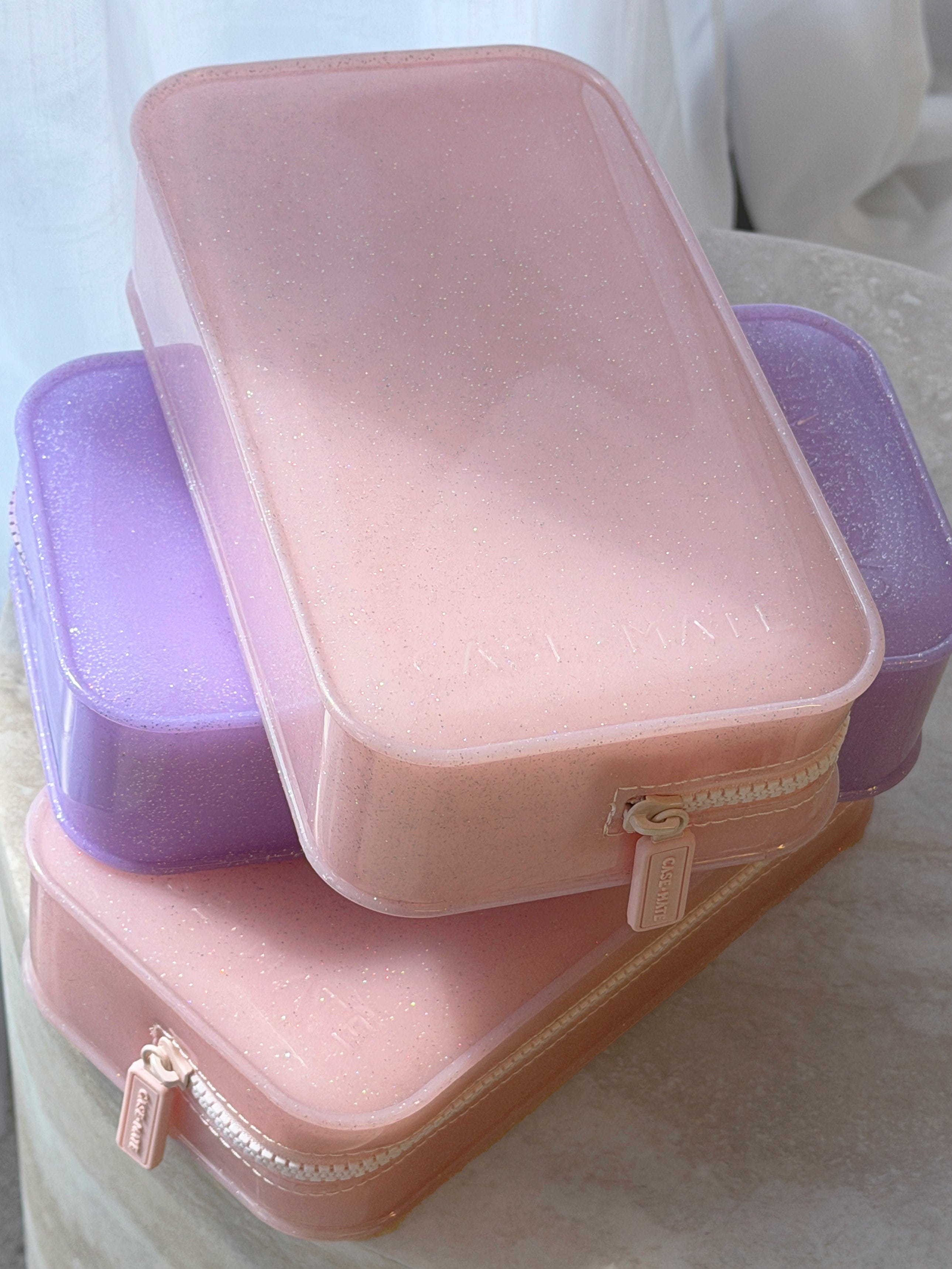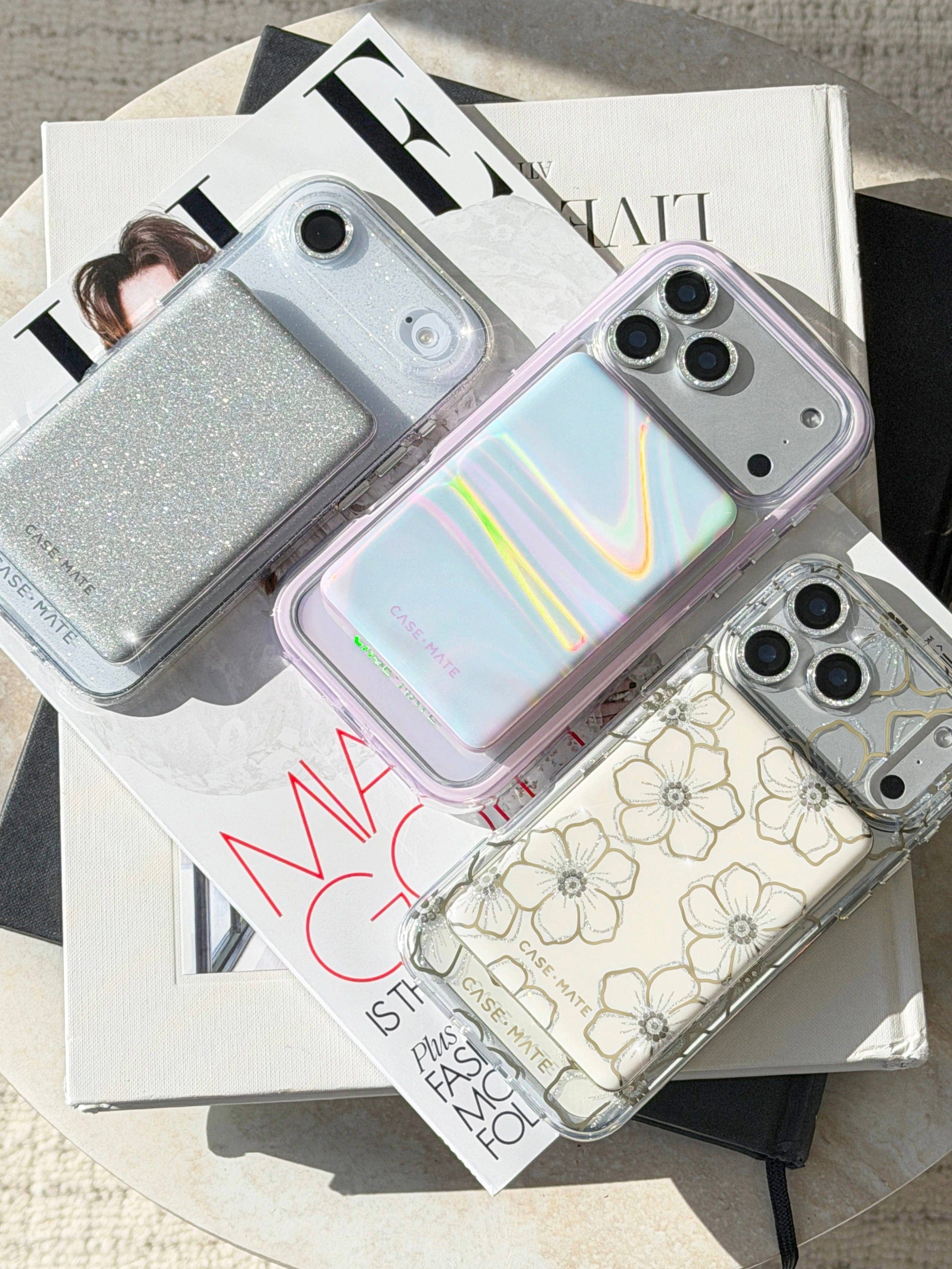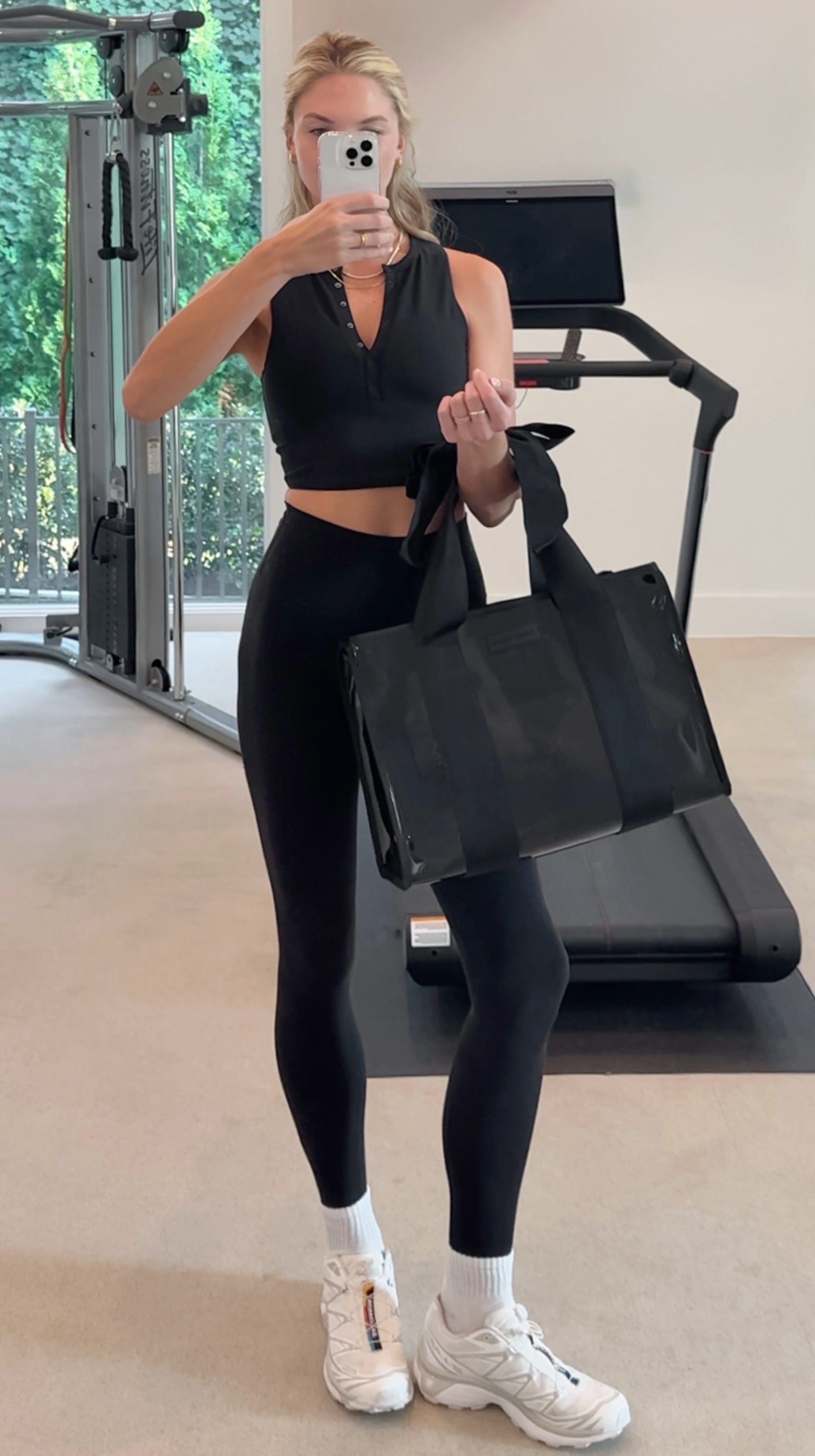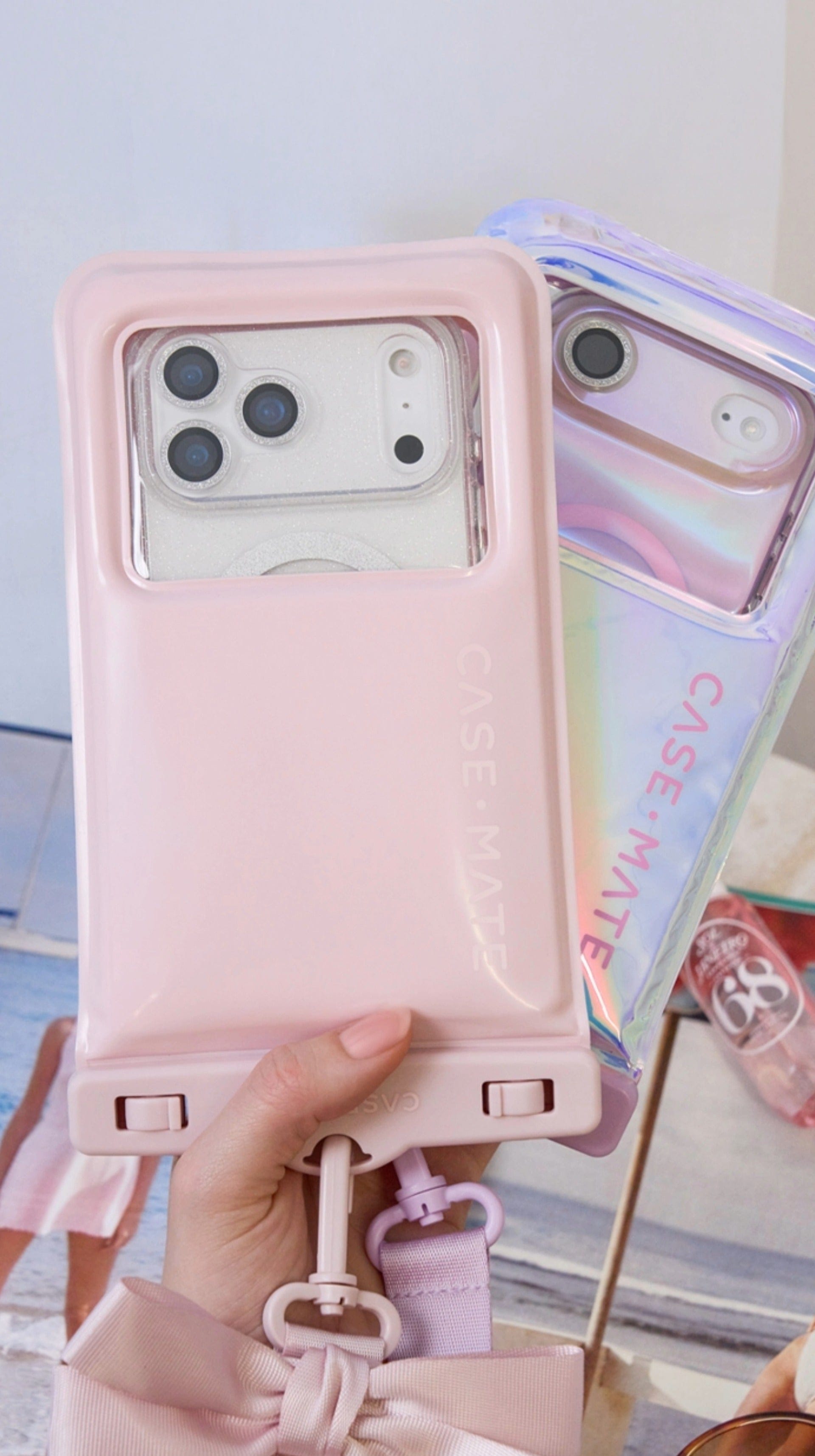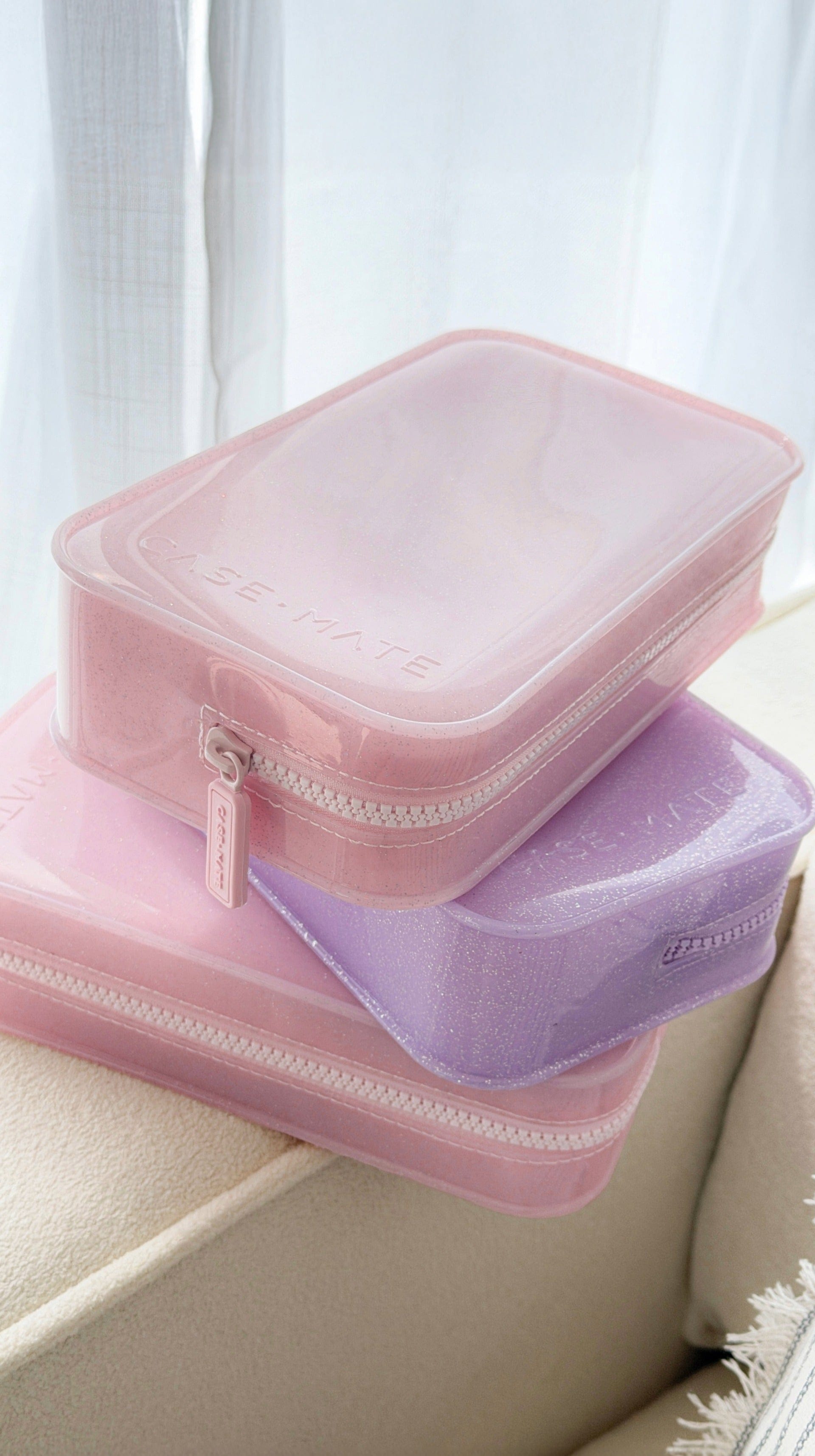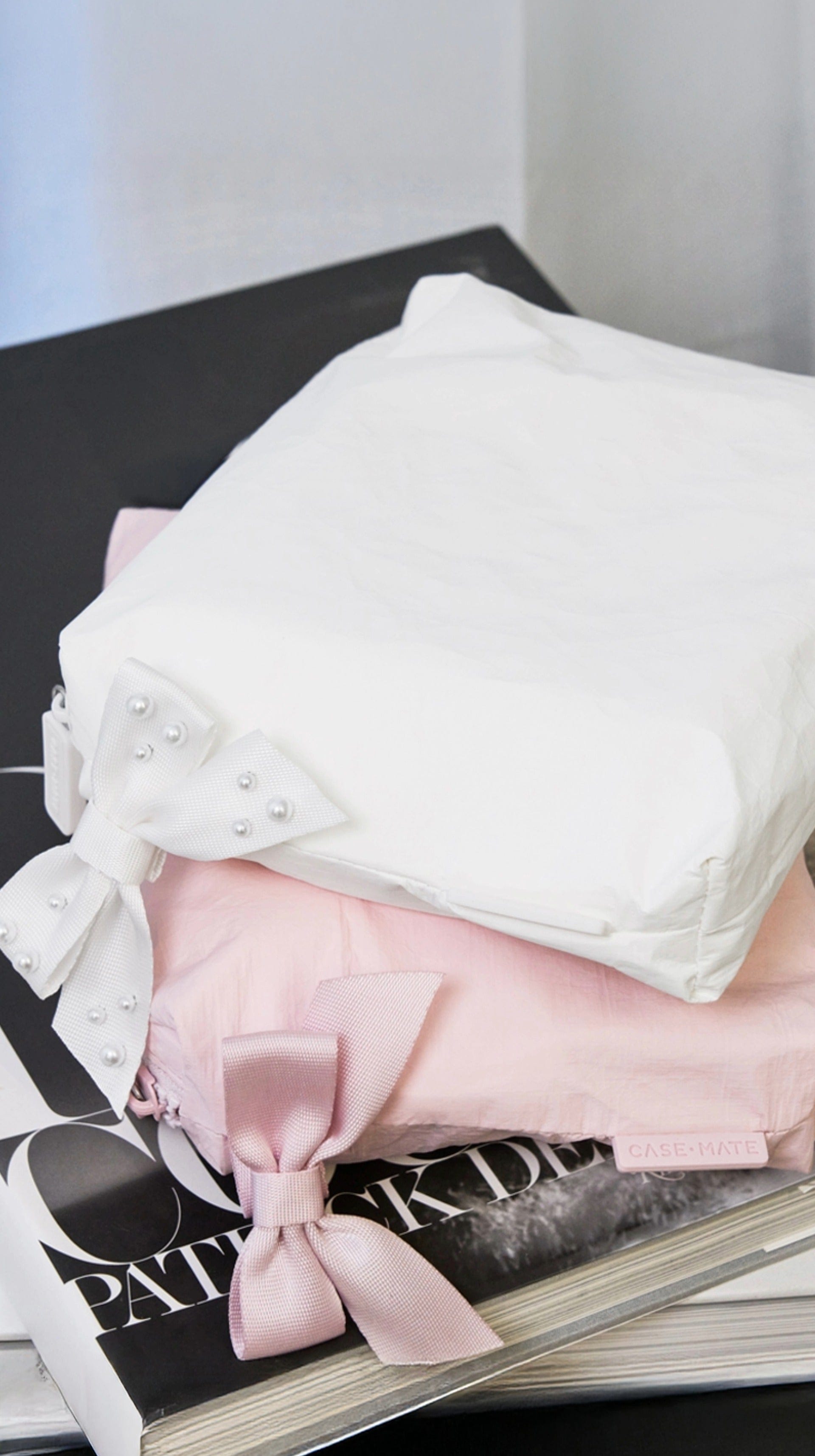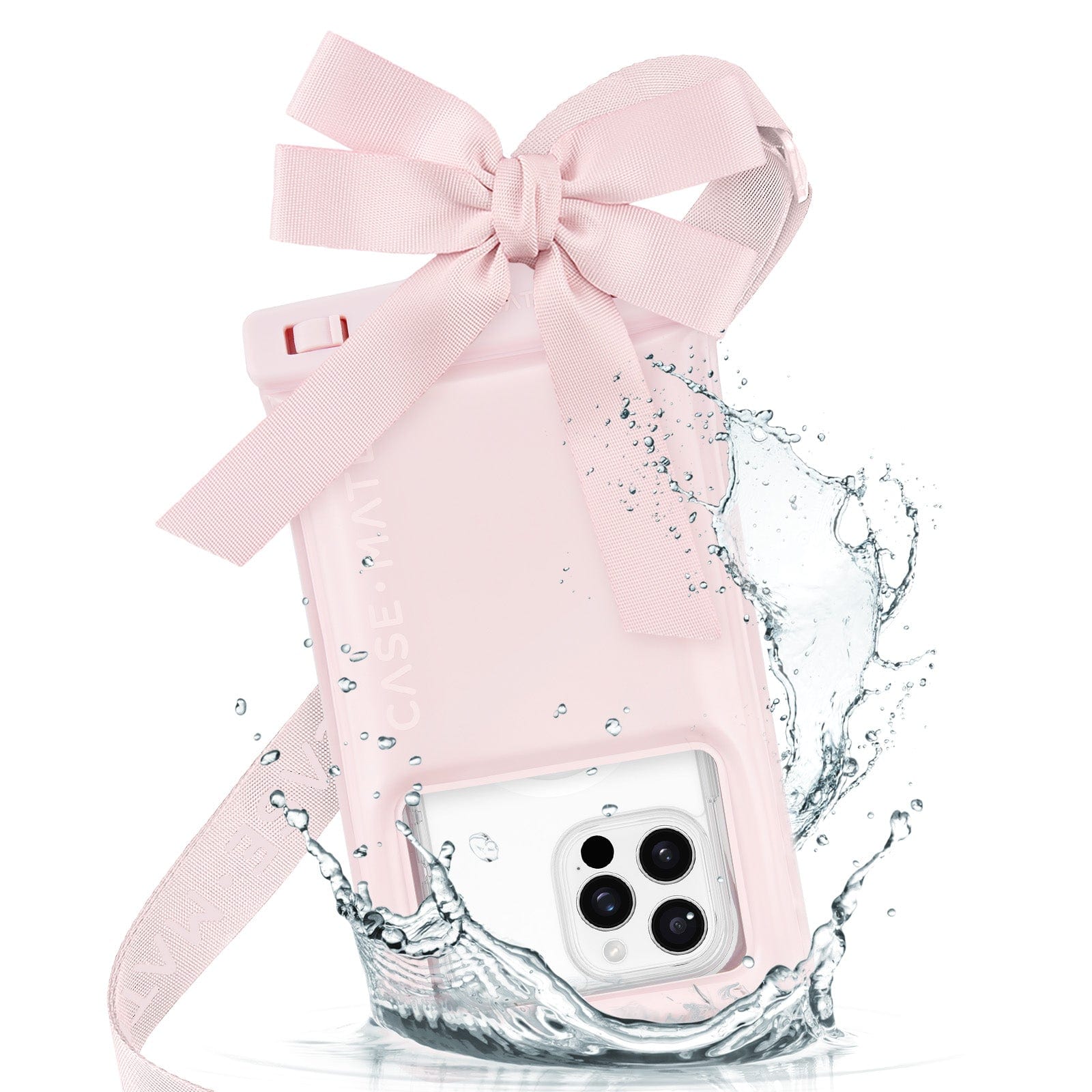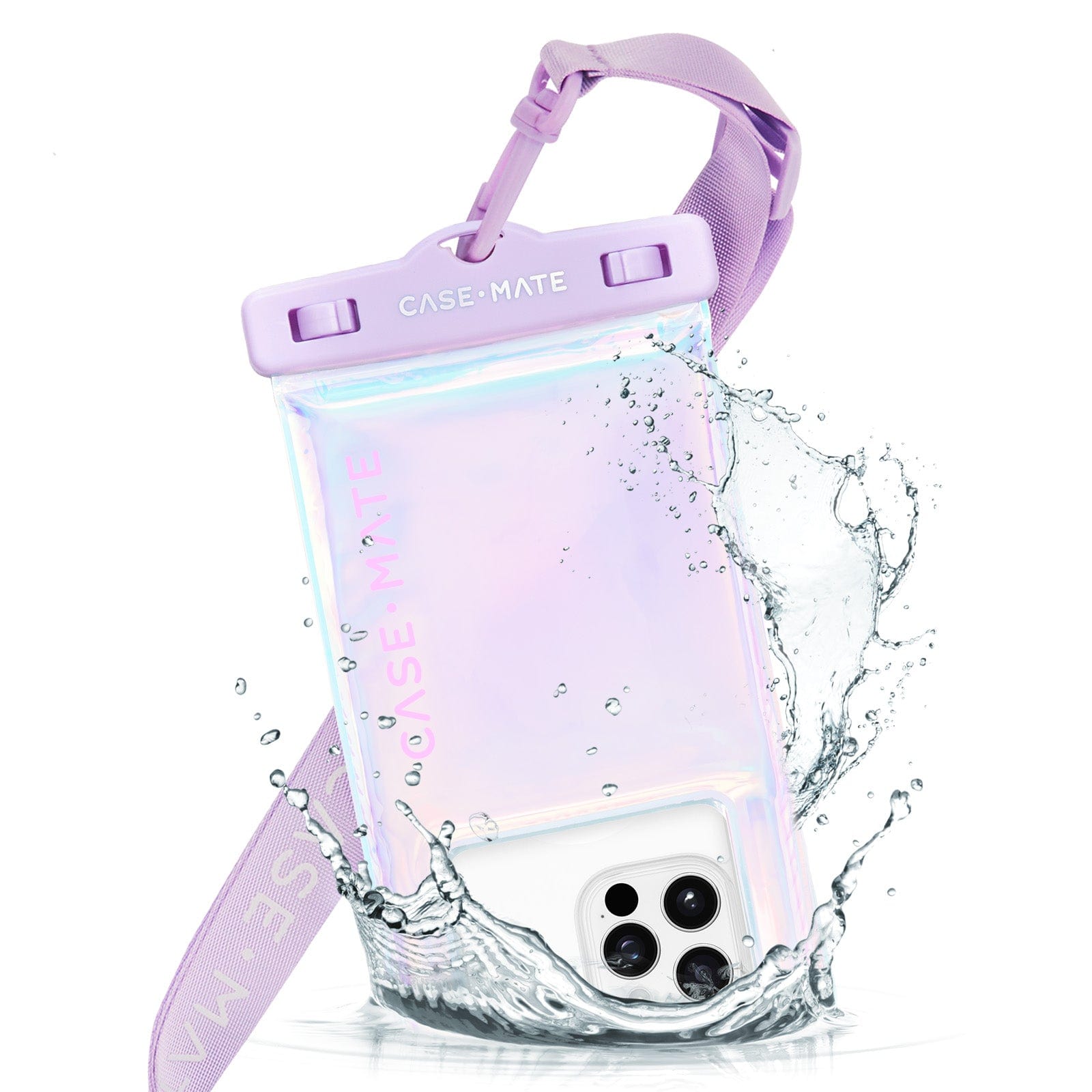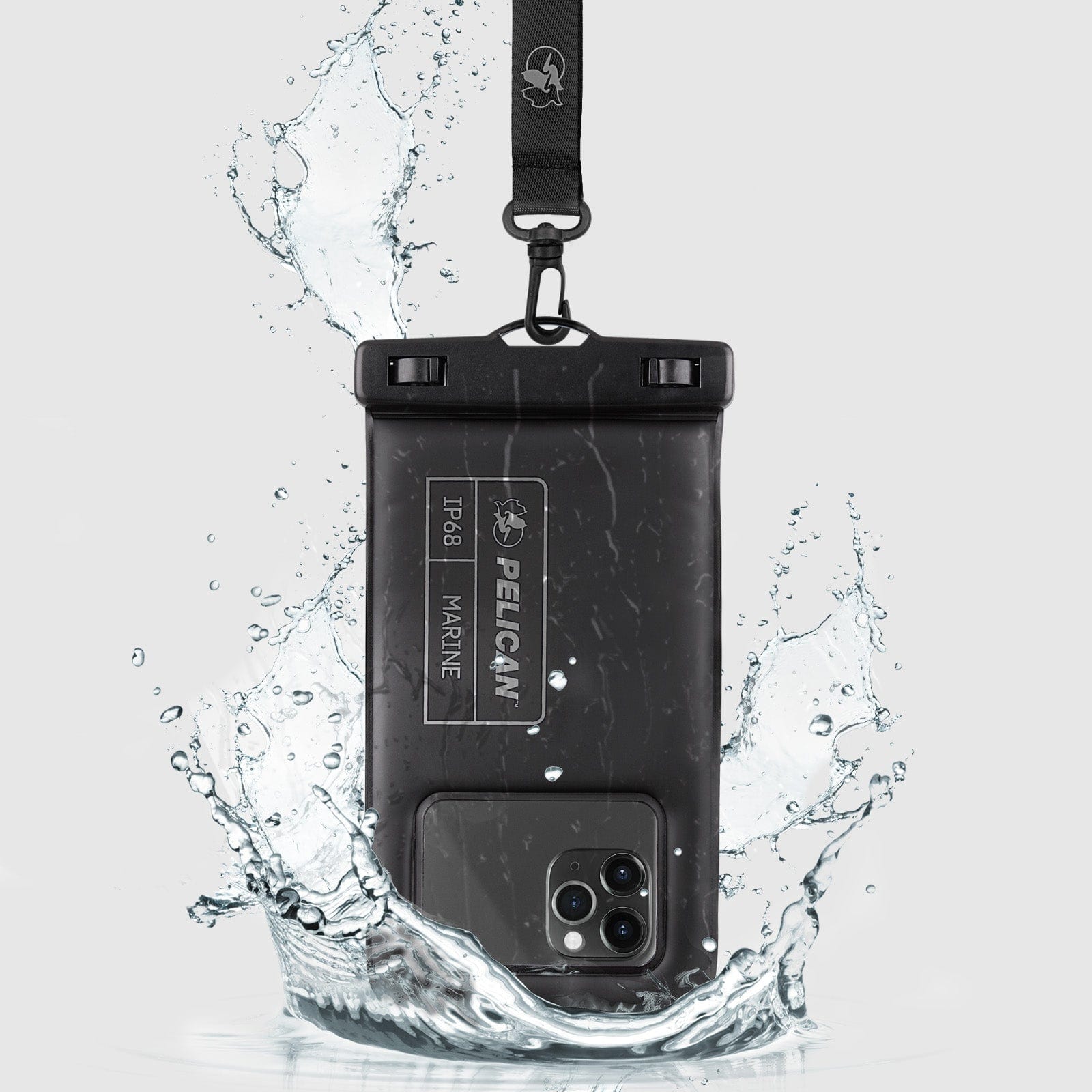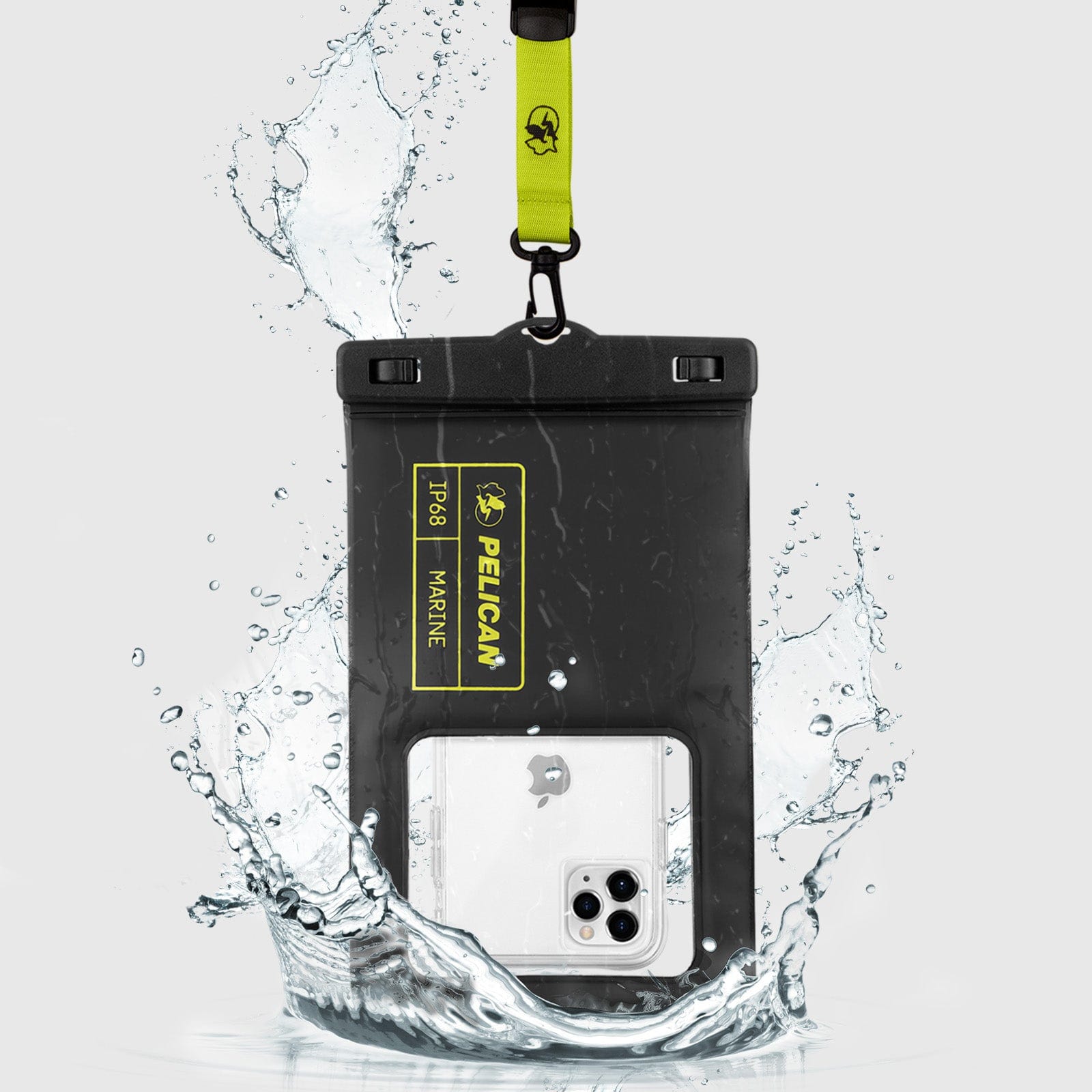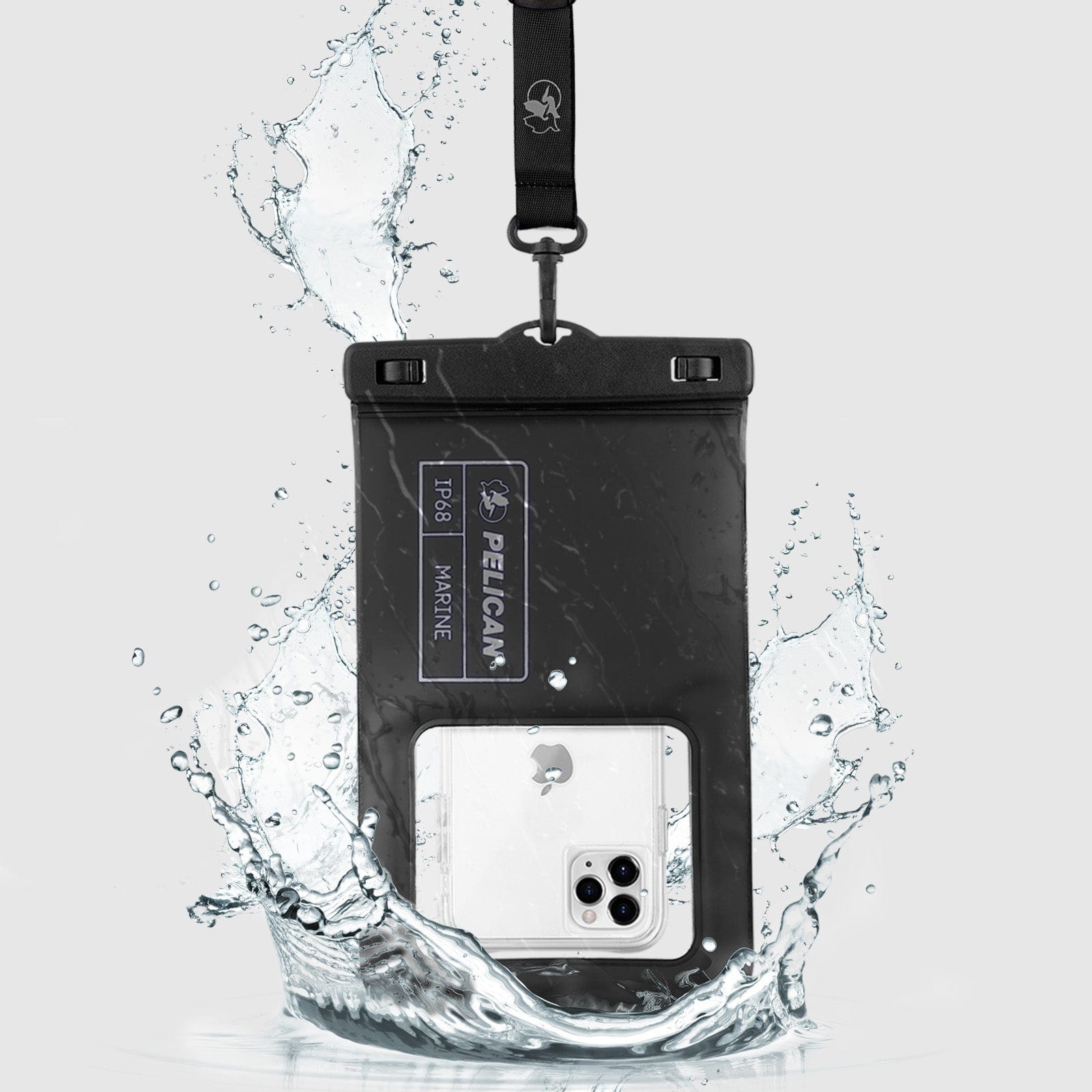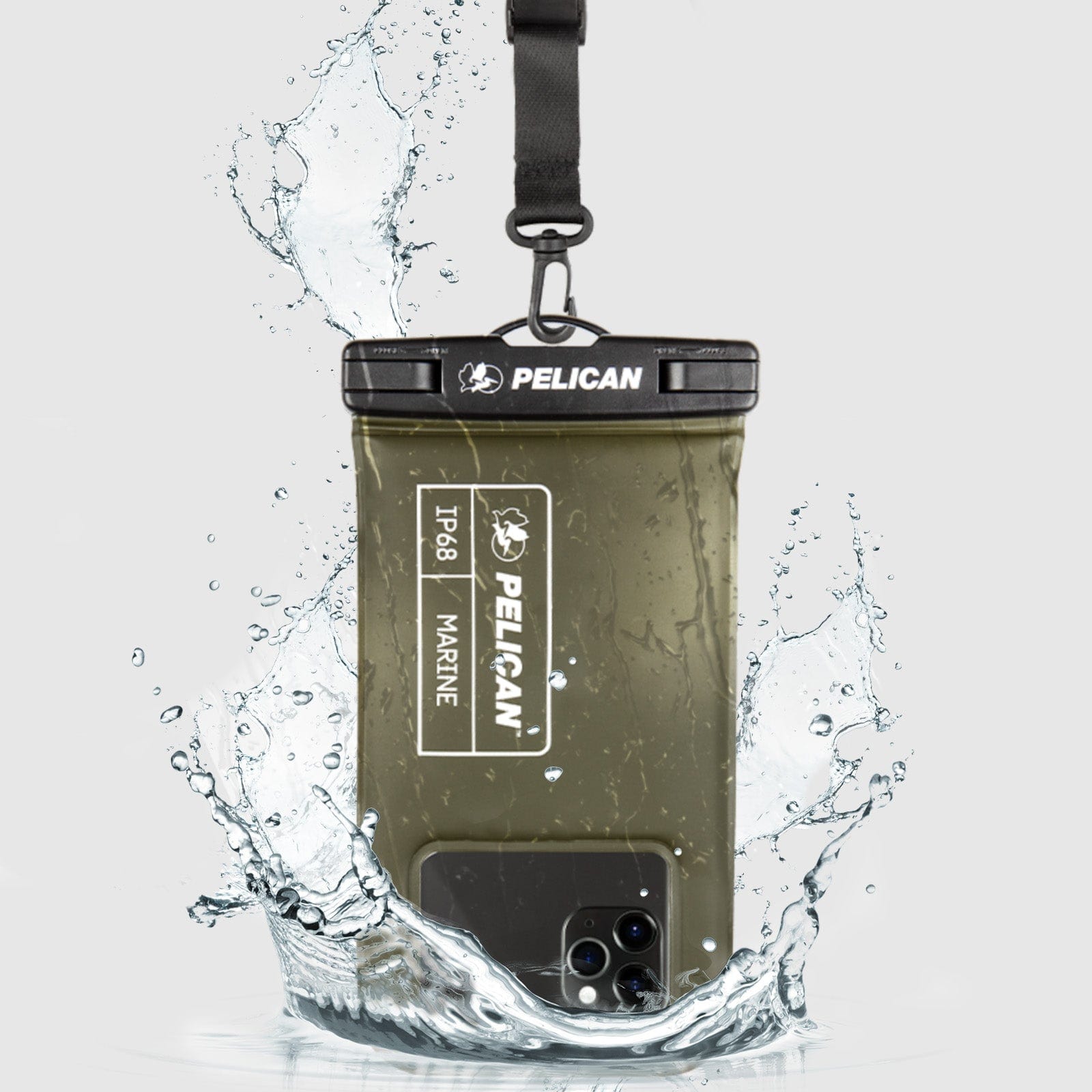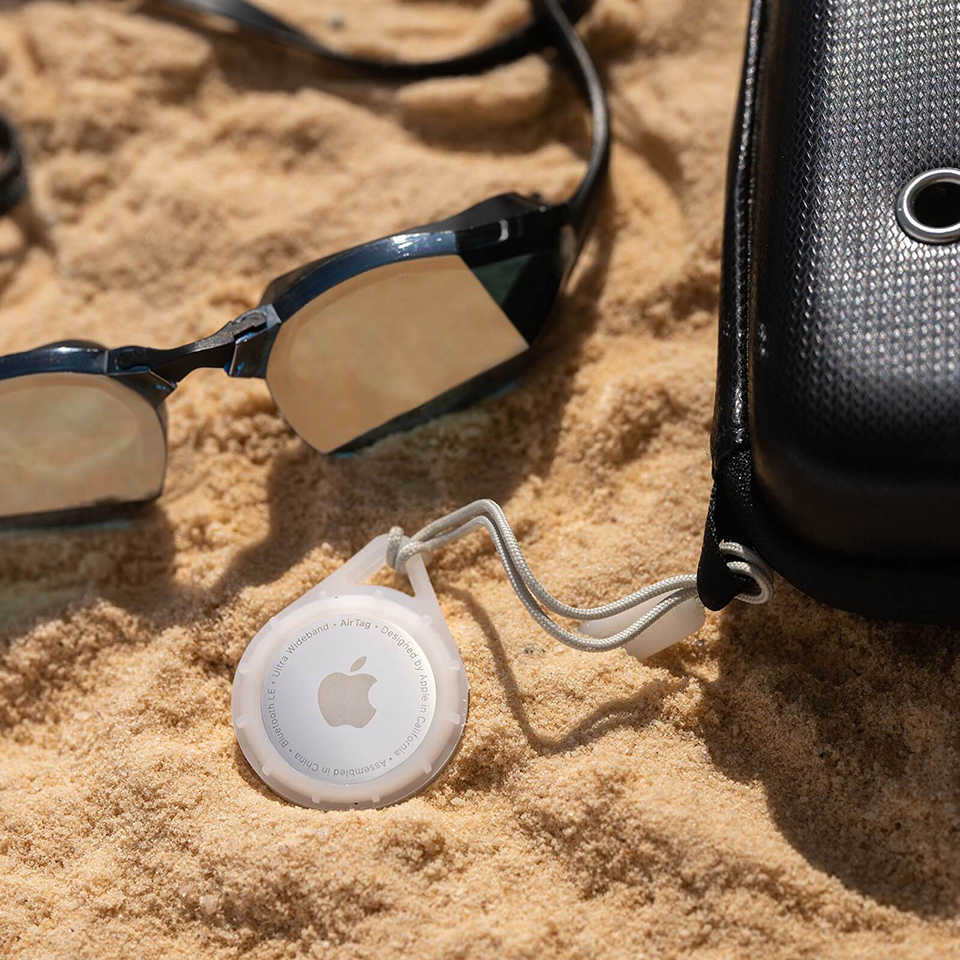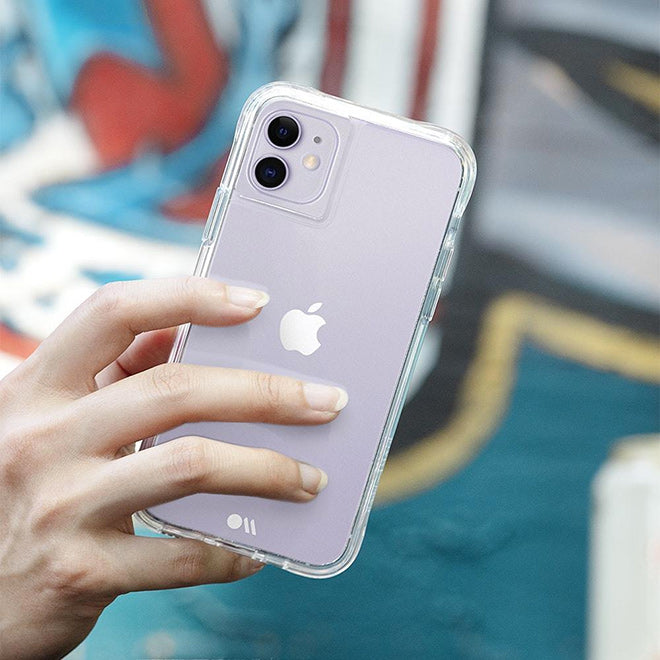Cart
Your cart is empty
Summertime means hotter temperatures, which also means that both you and your phone are going to have to withstand long days in the sun. While your phone can overheat at any time of the year, it’s way more common during the summer, so you should be prepared to cool it down quickly when the temperature starts to rise. Read on for our top tips for cooling down your phone, preventing it from overheating in the first place and otherwise keeping your phone safe this summer.
SHOP WATERPROOF PHONE POUCHES
How to Cool Down Your Phone Fast
Your phone is probably going to overheat at some point this summer, so it’s good to know how to cool it down quickly — especially if you need it to navigate or take photos ASAP. Here are six tips to help you cool down your phone fast this summer (or any time of year):
Turn it off.
Many smartphones will automatically shut themselves down when they get overheated. If your phone hasn’t already powered itself down, go ahead and turn it off completely. That’s because using the phone at all, or even letting it sit idle, will cause the battery to be active and thus heat up the phone even more. We know that it’s hard not to be on your phone at all times, but it won’t cool down fast if you continue to use it. Power it down and find something else that you can do until your phone is ready to be used again.
Close down your apps.
If you notice that your phone seems to be running hot even though you’re not actively using it, then there might be some apps running in the background that you didn’t even notice. Background apps don’t just suck up your battery power — they can also contribute to the device overheating without you even realizing it. At least once a day during the summer, we recommend going through your apps and closing out all the ones that you aren’t actively using at the moment. This will help keep your phone cool and prolong the life of your battery for a win-win scenario.
Unplug your phone.
Charging your phone is a necessary activity but, unfortunately, it causes your phone to heat up. It’s always a good idea to wait to charge your phone until it has cooled off to avoid overheating the battery even further. If it’s currently plugged in, unplug it and wait until you can get to a cool, shady, air-conditioned room to recharge it. Even if you’re not actively charging your phone, leaving your phone plugged into a speaker system, car or another device will still put a strain on the battery and cause it to heat up. This advice applies to all types of cords, not just charging cables.
Move it into the shade.
Leaving your phone in direct sunlight is a surefire way to cause the battery to overheat. To stop this from happening, we recommend moving your phone into the shade ASAP — as soon as it feels even the tiniest bit hot. Inside an air-conditioned building is best, but shade outside is still better than leaving it out in direct sunlight. Even if the temperature isn’t super hot, the direct sun can cause your phone to heat up way more quickly than you would expect, so it’s best to keep your phone out of direct sunlight whenever possible. Be especially wary of car dashboards, window ledges and other popular yet sunny places to leave your phone.
Take it out of the case.
Phone cases have insulatory properties, meaning that they can trap heat and make it harder to cool down your phone. Thus, taking your phone out of the case will help to vent the heat and promote a faster cool down. Many people use waterproof cases or boxes to protect their phones during summer activities, but these cases trap heat as well as condensation and can make your phone heat up faster. Keep an eye on your device and remove it from the waterproof case if the case gets too hot to the touch or seems to be fogging up.
Put it next to a fan.
You might have heard that you can quickly cool your phone down by placing it in the fridge or freezer for a few minutes. However, we strongly recommend not doing this because sudden temperature drops are just as bad for your phone battery as sudden temperature rises. Your fridge and freezer are also full of moisture, which doesn’t mix well with expensive electronics. Instead, you can put your phone next to a fan that is blowing dry, cool air to bring the temperature down faster. If you’re in a car, hold it up to the air vent or get a phone mount that attaches right to the vent so you can go hands-free.
Other Tips for Keeping Your Phone Safe This Summer
So that’s our advice for cooling off your phone if it overheats. But what about preventing it from overheating in the first place, or protecting it from other summer hazards, like a tumble into the sand or a pool? Here are a few more recommendations for keeping your phone safe this summer:
Limit phone use when possible.
We know how difficult this sounds, but hear us out. Using your phone constantly during the summer is a definite way to get the battery to heat up, and limiting your phone use is the best way to prevent that from happening. If you’re a compulsive phone user who can’t put your device down, then we recommend putting it in airplane mode when you’re sitting outside or in a hot car to discourage yourself from using it when the chances of the phone overheating are high. Wait to do the endless scrolling until you can relocate to the shade or indoors where there is air conditioning.
Avoid high-power apps and games.
Certain kinds of phone use will cause your battery to heat up more quickly than others. One of the biggest culprits is games or other apps that use a lot of data and suck a bunch of power. We recommend avoiding these games and apps completely unless you are sitting inside an air-conditioned building. Not only does this prolong the life of your battery considerably, but it will also greatly reduce the chances of your phone overheating.
Turn down your screen brightness.
Bright sunlight makes it hard to see your phone screen, which is why it’s super unfortunate that turning up your screen brightness makes your phone heat up. That’s why we recommend turning down your brightness as low as you can during the summer. This won’t make a huge difference if your phone is already on the way to overheating, but it can help to prevent overheating in the first place. And, of course, it will be easier to read your phone screen and keep your phone cool if you move into the shade before trying to use your device.
Charge your phone at night.
If you’re out in the heat during the day, the best time to charge your phone is going to be at night, once the sun has gone down and temperatures have dropped. Place your phone on a cool, hard surface that will dissipate heat quickly, such as a table. Don’t tuck it under your pillow or in between couch cushions, which will potentially trap heat. Try not to leave it on the charger overnight, either, since charging causes your phone to heat. Instead, plug it in the evening and then take it off the charger before you go to bed. Don't worry if the battery doesn’t get to 100 percent. It’s better for your battery to stay between 30 percent and 80 percent charged rather than to charge it completely each time.
Update your phone regularly.
For security reasons, you should be updating both your firmware and your various apps as soon as an update is available. Regularly updating your phone and your apps also come with the added bonus of making your phone run more efficiently, which helps to keep your phone from using as much power and overheating as quickly. Again, downloading updates won’t do anything to help your phone cool down in the moment — in fact, downloading anything will only heat up the battery more — but it’s a preventative measure that every smartphone owner should do.
Don’t store your phone in your pocket.
Our bodies can heat up quickly, and keeping your phone in a pocket that rests right up against you can accelerate the heating process. If possible, try to store your phone in a bag or pack that isn’t right up against your skin all the time. If you prefer to go bag free, keep checking on your phone periodically to make sure that it isn’t overheating in your pocket.
Watch out for water.
Most of the latest smartphones have some level of water resistance, but that doesn’t mean you shouldn’t be careful when you’re at the pool, lake or beach. If you tend to be around the water a lot during the summer, we recommend investing in a waterproof phone pouch that will give an added layer of protection for all your devices. Buy one from a reputable brand such as Pelican or Case-Mate and always test the waterproofness at home before sealing your phone in it and taking it for a dip.
Keep the sand away.
Water isn’t the only thing you need to worry about this summer. Sand can scratch your screen, clog up your charging port and more. First of all, we recommend getting a screen protector and also a lens protector to safeguard your phone from being scratched by sand or something else. The waterproof pouches that we talked about in the section above will keep out sand as well as water, further protecting your phone. If you don’t have one, at least keep your phone zipped in a secure inner pocket of your bag to prevent it from accidentally falling in the sand.
Buy High-Quality Screen Protectors
Ready to keep your phone safe this summer? At Case-Mate, we sell various high-quality protective accessories for smartphones, including Pelican cases and waterproof phone cases. Most of our products come with a limited lifetime warranty so you can rest assured knowing that you have bought something that will last for years.
Image Credits
Troyan/Shutterstock.com
nikkimeel/Shutterstock.com
s_maria/Shutterstock.com

